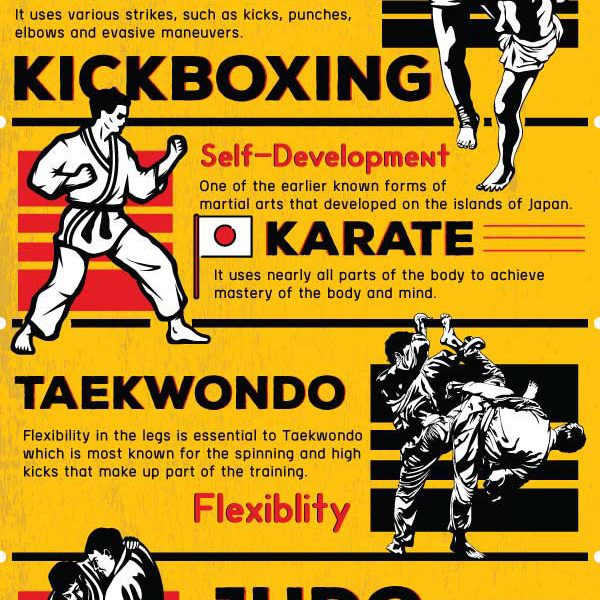The Basics And Value Of Taekwondo Kinds
The Basics And Value Of Taekwondo Kinds
Blog Article
Writer-Holland Lara
Did you recognize that there more than 20 different taekwondo kinds, each with its own one-of-a-kind sequence of motions and techniques? These types, also known as poomsae, play a critical duty in the technique and development of taekwondo practitioners.
Yet just what are these kinds, and why are they so substantial? In this discussion, we will certainly explore the basics of taekwondo kinds, their beginnings, and the key elements that make them an important part of this martial art.
Whether you're a beginner or a skilled practitioner, recognizing the relevance of taekwondo forms will certainly deepen your admiration for this old technique and improve your journey in the direction of mastery.
Origins and Advancement
The origins and evolution of Taekwondo can be traced back to ancient martial arts methods in Korea. It was established over 2,000 years ago and has considering that turned into a popular and around the world recognized sporting activity.
Taekwondo was heavily influenced by different Oriental fighting styles designs, such as Taekkyon and Subak, as well as Chinese martial arts. It was initially made use of as a means of protection, yet gradually, it advanced right into an affordable sporting activity that focuses on striking techniques and high kicks.
In the 20th century, Taekwondo went through a considerable improvement and was standard right into its contemporary form. The Korea Taekwondo Organization played a vital role in this procedure, helping to establish regulations, methods, and creates that are still followed today.
Crucial Element and Techniques
Now allow's check out the essential elements and strategies of Taekwondo. To fully comprehend the crucial elements and strategies, it's important to dive much deeper right into the adhering to subtopics:
- Positions: Taekwondo highlights the correct use of positions, such as the front stance, back position, and equine position. mix martial arts near me offer stability, equilibrium, and power in performing various techniques.
- Strikes and Kicks: Taekwondo is renowned for its powerful and vibrant kicks, consisting of the front kick, roundhouse kick, and side kick. Strikes, such as strikes and knifehand strikes, are also important strategies in Taekwondo.
- Blocks and Defense: Effective protection is vital in Taekwondo. Blocks, such as the high block and reduced block, are utilized to protect against inbound attacks. source for this article and positioning are key to successfully safeguarding oneself.
Advantages and Impact
Among the substantial advantages of practicing Taekwondo is the improvement of physical conditioning and overall well-being. By taking part in routine training sessions, you can improve your cardio health and wellness, toughness, adaptability, and endurance. Taekwondo includes a range of movements that target various muscle mass teams, aiding you develop a strong and toned figure.
Furthermore, this fighting style promotes mental wellness by minimizing tension and stress and anxiety levels. The technique and focus required in practicing Taekwondo can aid improve your concentration and improve your capability to manage tough scenarios.
In addition, the practice of Taekwondo instills a sense of confidence, self-discipline, and self-control, which can favorably affect different areas of your life. Generally, practicing Taekwondo can cause a much healthier and a lot more balanced way of living.
martial arts for toddlers have it! Taekwondo forms aren't simply plain regimens, yet a depiction of the rich history and evolution of this martial art. By grasping the key elements and methods, specialists can reap countless physical and psychological benefits.
From boosted Suggested Studying and stamina to enhanced focus and self-control, taekwondo forms have a long-term impact on those that exercise them.
So, whether you're a beginner or a knowledgeable martial musician, welcome the power of these types and let them take you on a trip with time.
